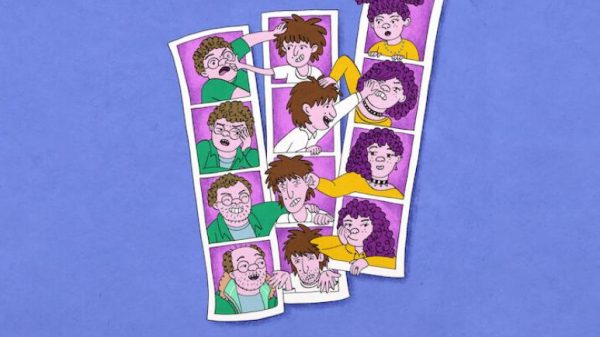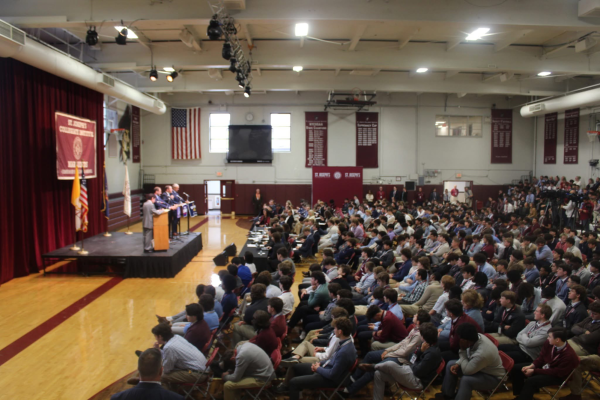EDITORIAL: What does a government shutdown mean for you?
As you’ve surly heard by now, the government officially “shut down” at midnight on Tuesday, Oct. 1. And as you’ve surly learned from your friends on Facebook and Twitter, there’s much confusion about what that exactly means.
Most of the commotion about the shutdown involves speculation of what federal programs will close, what will remain open and who is to blame. We won’t get into the latter here, but we will try our best to explain the facts of the situation and what the shutdown means for students.
Yesterday was the beginning of the new fiscal year, and the House and Senate needed to agree on a spending plan in order for many federal programs to remain funded. The House of Representatives, controlled by Republicans, passed a spending bill that only provides federal funding to many government programs with a provision to defund the Affordable Care Act (Obamacare)
The federal programs in jeopardy are referred to as “non-essential” programs, while “essential” programs remain funded. Some non-essential programs include public parks, museums and NASA, while air traffic controllers and most of Homeland Security will remain on the job as essential government employees.
The United States Department of Education will be one of the federal agencies to be hit the hardest. According to ABC News, “94 percent of the 4,225 full and part-time [DOE employees will be] furloughed. With many school districts receiving more than 20 percent of their funds from Department-funded programs, education grants would be affected, as would a number of disability and disadvantaged student programs funded by Higher Education funds.” This essentially means that about 3,983 employees of the Department of Education are now laid off.
So how will this affect us?
If you still haven’t received your student loans and/or grants, you shouldn’t have much cause for concern. The federal government will keep on paying out Pell Grants and student loans, as spending for these programs is approved for multiple years at a time. However, the employees in charge of dispersing and addressing questions about these grants and loans have been mostly sent home (there are only about 138 employees left to work on Pell Grants and the Direct Loan program), so your money may hit your bank account a bit later than it has in previous years
However, not all financial aid programs will be spared from the federal shutdown. Campus-based aid programs like Federal Work-Study programs will be hit by the standstill in Congress.
As things stand now, an agreement could still be made any day to rectify the spending situation. But what if they don’t? According to Harvard professor Theda R. Skocpol, “Routine payments to grant student loans and research aid would not proceed at the same pace, if at all, if the government shutdown lasts longer than a few weeks.”
If the shutdown lasts long enough to severely delay refund checks, many students will be negatively affected. Many students rely on that money. That extra fiscal push is sometimes the only way students can afford class supplies, gas, or any other living expenses.
Despite all the confusion, or who is to blame for what, one thing is for sure. This avoidable shutdown needs to be resolved sooner than later.










